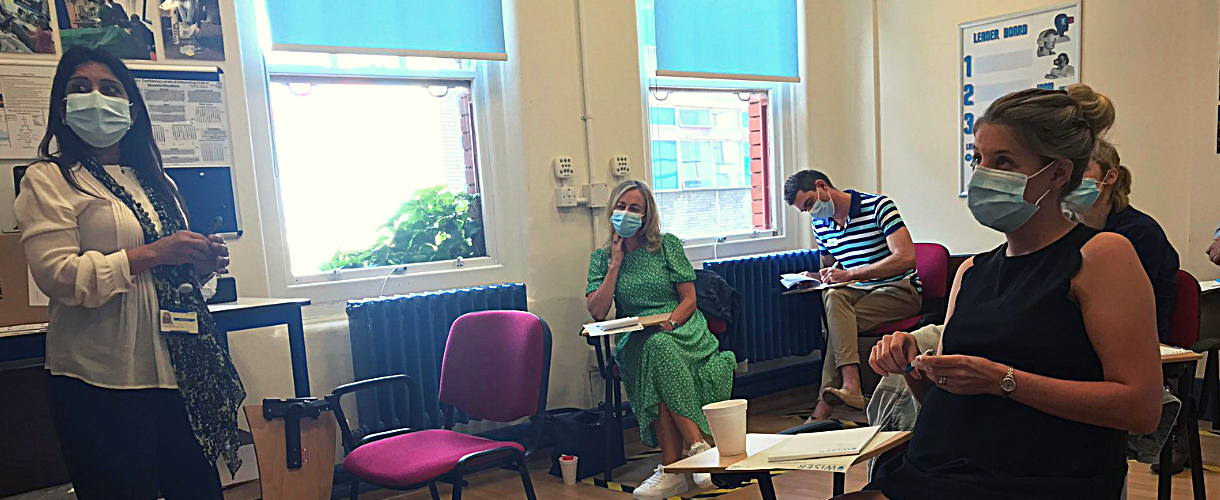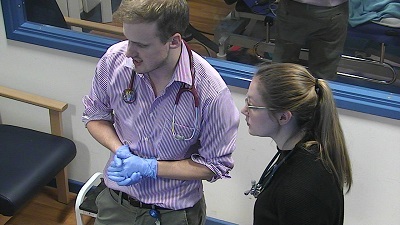Courses
Human factors
To translate knowledge to high quality care requires a set of skills
that we now refer to as Human factors.
Human factors science is the study of anatomical, physiological,
psychological and social aspects of workers in their environment with the
objective of optimising safety, comfort and efficiency. The
application of this science to the design, development and deployment of tools,
machines, systems, jobs, environment and services to optimise the
relationship between humans and systems is called ergonomics.

From the seminal paper “To err is human” from 1999, Kohn and others
highlighted that there were many preventable deaths occurring in hospitals and
these were due to human error. Human error became an easy attribution, label and
judgement that gave society and social media the permission to scrutinise how
humans behave and are so prone to making mistakes.
Then we had pioneers in the Human factors arena such as Martin Bromiley
who said of humans that we all make mistakes no matter how good we are!
This reinforced the new view that perhaps there were no bad apples
in the healthcare system; just good, well-meaning healthcare workers in bad
systems.
The new view suggested that what we call “human error” is a symptom of deeper trouble. It is a label and a judgement after the fact. There are opaque, unexpected interactions and uncontrolled interconnections in the real world and workplace and these do not lend themselves to a consistently safe environment. Hence, we have to understand the nature of human error and be ever vigilant to situations that can result in error.
Recent experts say that we can begin by asking questions, looking at
things from another perspective and using a different language.

Skills and experience have little influence on errors. Highly skilled
and experienced practitioners make worse mistakes. Fitts and Jones have argued
that we should fix the environment in which people work to help eliminate
errors. Sidney Dekker says that “underneath every simple, obvious story about
“human error”, there is a complex story about the organisation”. Systems are not
inherently safe and humans adapt and create safety in systems. Therefore, one of
the proposed solutions to reduce preventable harm is to create forced
functionality of machines and equipment so that it is difficult to cause an
error. We know humans are not perfect but Human factors appeals to us to move
away from blaming humans. We need to start by asking “what happened” and “how”
not “who was involved”. We can ask “who” only to offer the person involved
second victim support and help them survive the event and instil resilience.
Very rarely there are instances when violations lead to a mishap and those are
not within the remit of our human factors’ courses.
When an accident occurs, it is not a meaningless event, but one to
examine from multiple angles, focus on doing the right thing and doing the thing
right. It involves learning lessons so that at least that error does not happen
again and drawing on meaningful truths to make sense. It would be ideal to move
away from a punitive culture towards a just culture, by viewing the accident as
a lesson and an opportunity to focus attention and learn collectively.
So, join us in interesting discussions about errors, causes of errors
and how to deal with them. If people have crossed a line let’s look at who draws
the line and explore our language, history, hindsight and other human factors!
We are appealing to you to have a paradigm shift, discard your views about
judging those who make errors and nudge towards a new way and approach to human
errors.


